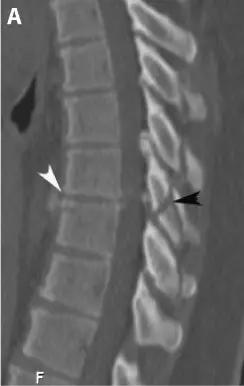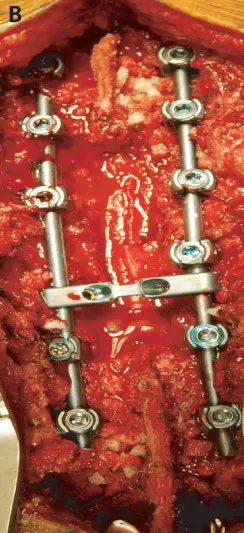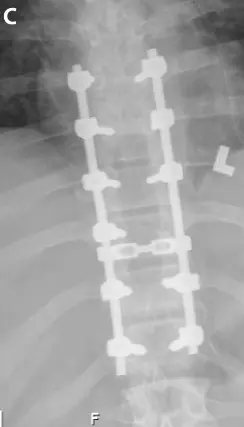What Causes a Spine Fracture?
A spine fracture is caused when an excessive force is imposed on the spinal column damaging the bones and ligaments. Certain conditions which weaken the bones predispose a patient to developing fractures, such as: osteoporosis, infection and cancer involving the spinal column.
How Is a Spine Fracture Diagnosed?
A spectrum of symptoms may be associated with a spine fracture. Usually a patient experiences severe back or neck pain in the region of the fracture. If the fracture is severe and the bone fragments are compressing the spinal cord or nerves, the patient may experience loss of sensation and weakness in the arms and/or legs. If the fracture is severe and the bone fragments are pushed into the spinal canal paralysis may result.
X-rays and CT scans, in addition to detailed history and physical examination, are required to determining the severity of the fracture and the course of treatment. If the patient has a neurological deficit an MRI of the spinal column is helpful in assessing the presence and quality of spinal cord and nerve root compression.
How Is a Spine Fracture Treated?
The majority of spine fractures are minor, such as isolated spinous and transverse process fractures, and do not require any treatment. Other fractures, such as compression fractures of the vertebral bodies seen with osteoporosis, often can be managed with bracing. More severe fractures associated with neurological deficits often require surgery to relieve compression of the nerve roots and spinal cord. When the fracture impairs the stability of the spinal column instrumented stabilization may be required.
A) Pre-operative Sagittal CT scan demonstrating a fracture dislocation of the thoracic spine. The disc space is disrupted (white arrowhead) and the facet joints are fractured (black arrowhead).
B) Intra-operative photo demonstrating the thoracic pedicle screws and rods used to stabilize the thoracic spine.
C) Post-operative AP x-ray demonstrating the thoracic pedicle screws and rods.







